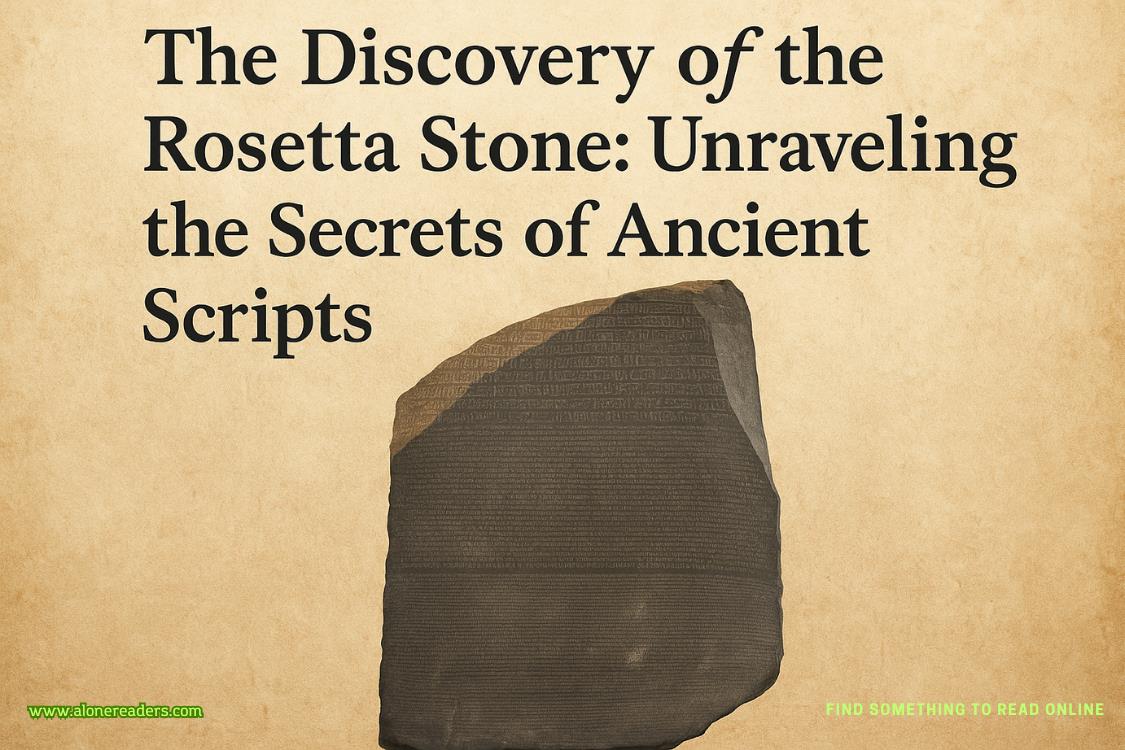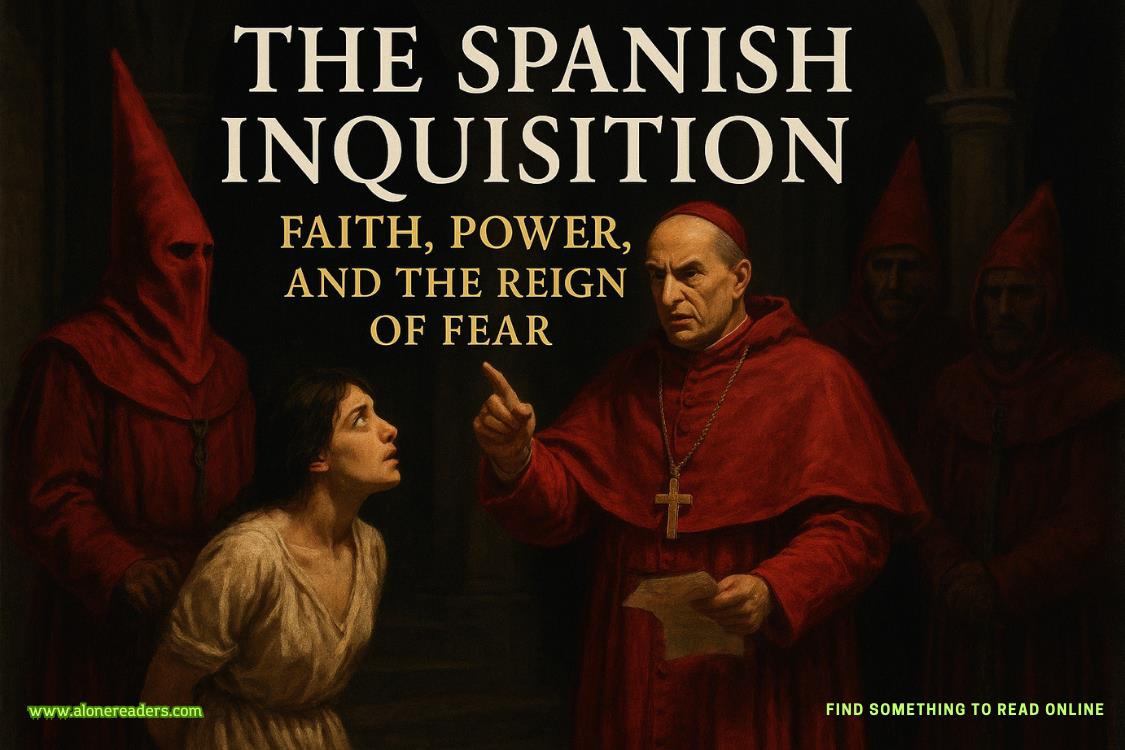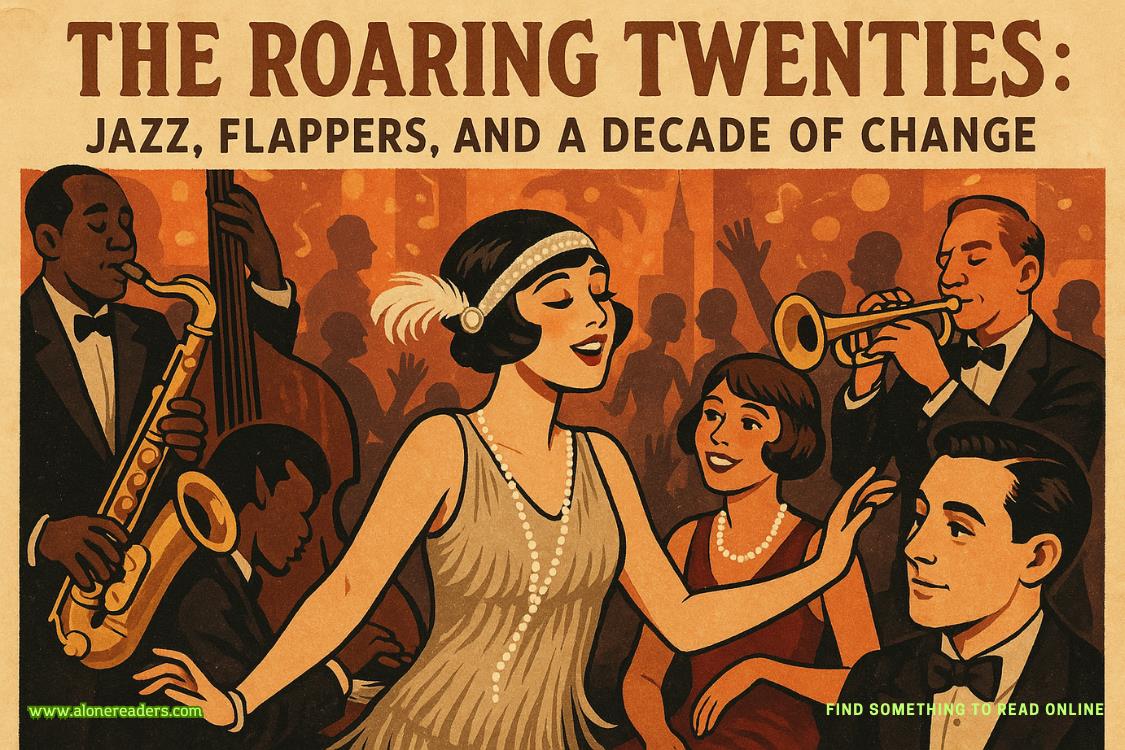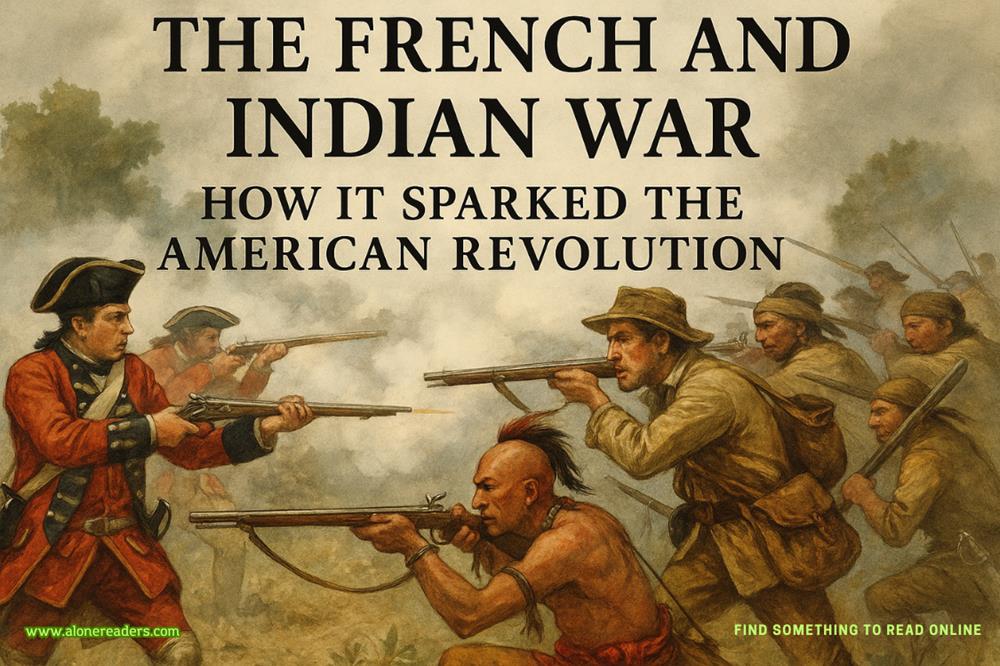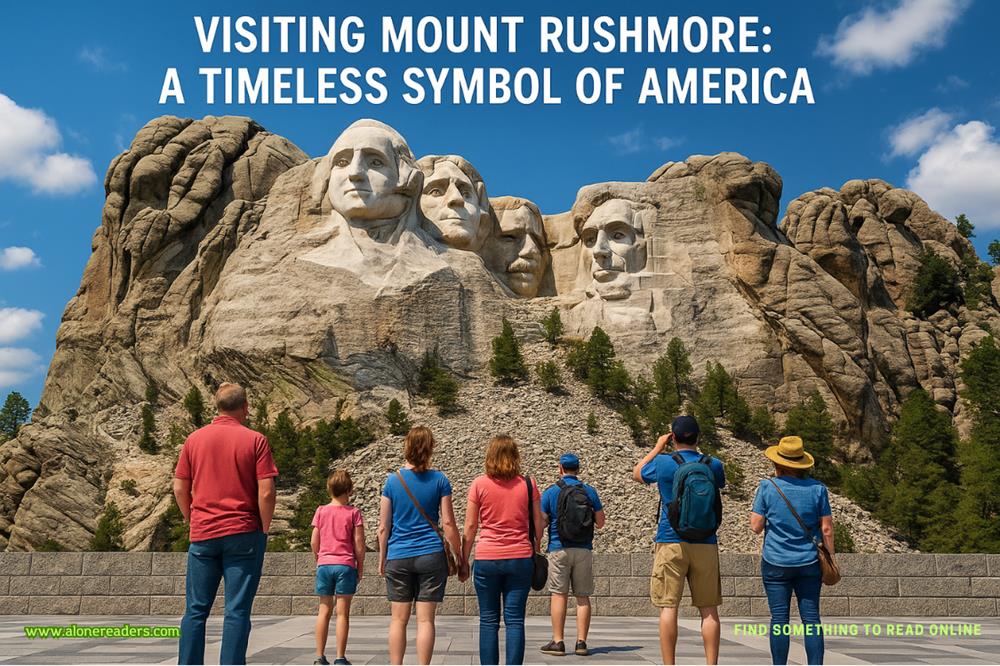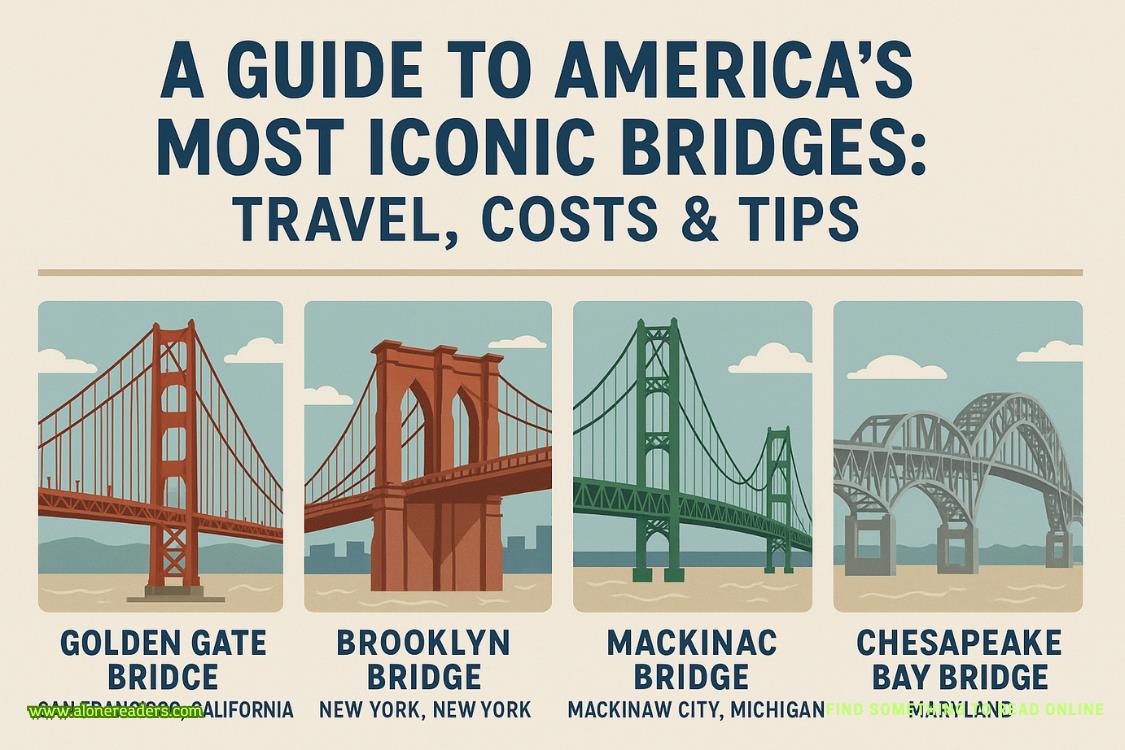Page 10 of The Cabinet of Dr. Leng
He took it very gently from her hand. What could she mean by Tiffany’s not having the resources?
He tipped the bag and the stone rolled out. He froze.
There is a moment in every jeweler’s life when they see the one gem that represents a divine ideal. In that moment, Kunz knew for sure that, as long as he lived, he would never again see a diamond as beautiful as the one that lay before him now. It was the distillation of perfection.
Gently, so gently, he picked it up with his jeweler’s tweezers and—trying to keep his hands from trembling—fixed the loupe to his eye and held the gem up to the light. He turned it this way and that, examining it not only facedown—normally the only way to determine the body color through a colorless diamond—but from across its table and underneath, from the culet as well.
“The stone has been in my family for centuries,” the duchess told him. “It is called Athena’s Tear, because only the eye of a god could produce something so perfect. Beyond that, little is known. Supposedly it came from Burma during the chaos following the fall of the Pagan Empire. I have heard that ten thousand Buddhist temples were sacked in that time.”
Kunz nodded, but barely heard. He put down the stone only long enough to scribble a note and hand it to Gruber, who immediately left the office. Then Kunz picked up the stone again.
It was large—not as large as the Tiffany Diamond—but it was perfect. Absolutely perfect and infinitely colorless, glittering like ice with a heart of fire. He had no idea how large it had been as a rough stone, but the cut—always the primary factor in a diamond’s quality—was a paradigm of symmetry, with a girdle that was not too thick and a ratio chosen to bring out its incredible, scintillating brilliance. But more than that, it was flawless. Utterly, completely flawless: under the loupe, he could detect not even the slightest sign of crystals, clouds, knots, or cavities. In his short but highly active career, Kunz had never seen a stone as perfect.
For centuries, diamonds of more than a dozen carats without inclusion were known as paragons. This diamond was, without any doubt, a paragon. A paragon of close to 100 carats.
At that moment, Gruber returned, slightly out of breath, with a reply to the message he’d sent. Quickly, Kunz read it over, then he turned to the lady. “Your Grace,” he said, almost forgetting to return the gemstone to its enclosure while he spoke, “would you please excuse me for a minute? I would like to bring down Mr. Tiffany. May we take him into your confidence?”
“Of course.”
Charles Lewis Tiffany’s office was two floors above, at the north corner like Kunz’s; not much larger but far more sumptuous. The man was sitting behind his desk, wearing his usual uniform of charcoal frock coat, black vest, brushed cotton trousers, high collar, and a tiepin featuring his favorite pearl. He rose when he saw the look on Kunz’s face.
“George, are you ill?” he asked.
“I should like you to come down and view a gemstone,” said Kunz.
A moment later, Kunz was standing beside Gruber, while Tiffany himself took the chair at the gemologist’s desk. He examined Athena’s Tear for a long time, stretching into minutes. When he was done, Kunz quickly summarized the history of the duchess and her gems, showed him the patent of nobility and the gems he had just purchased.
Tiffany was silent again, his brow furrowed, head slightly bowed. And then he raised it: “Your Grace, Tiffany’s is prepared to offer you $300,000 for this diamond. I might just mention that is the largest sum paid to date for any gemstone.”
The duchess returned his look with a cool expression. “Let us defer negotiations on the final price until you see my last stone.”
“Of course, milady,” said Tiffany.
“This one is dearest to me and my bloodline.” She turned toward Kurz. “I almost hope you cannot acquire it…Parting with it would be like a small death to me.”
Hearing this, Tiffany looked at Kurz. Then he turned to Gruber. “Get Mr. Thompson, please. Bring him here: we will need his services shortly.”
Once again, Gruber left—this time, to fetch the founder of Chase National Bank, whose office was nearby.
There was a brief, fraught silence. Tiffany cleared his throat. “If you would care to show us the stone, milady, we are most anxious to see it.”
The woman gave a faint smile and reached into her handbag.
Kunz watched, back to the wall, as his employer took the satin pouch she removed, hefted it in his hand—and opened it. He was secretly glad the firm’s owner was now in charge of the proceedings. He felt dazed, spent.
At first, nothing emerged from the pouch. Tiffany gently tapped the satin, as if to urge forward a timid creature. Suddenly, with a flash of yellow, the gem appeared, almost tumbling out under its own weight.
There was a moment of stasis. And then, almost in unison, Tiffany and Kunz reflexively uttered the same expression of amazement as they both recognized it.
Of course, neither had seen the gemstone before. Nobody living had seen it—not in many hundreds of years. Most gemologists had dismissed it as myth. Yet there it was, on Kunz’s desk, flashing as if challenging the sun’s own brilliance: deep yellow, with a unique orange inclusion at its center.
Kunz found his voice first. “Is that…” he began. “Is that the Sol Gelida?”
“My family knew it as the Novotney Terra. But, yes, even when the sovereign Louis I gave it to my ancestor Casimir V, half a millennium ago, it had already acquired the sobriquet of Frozen Sun.”
No picture of the gem existed, Kunz knew, but the enraptured descriptions of the ancients made it unmistakable.
She continued. “For obvious reasons, this was my family’s most prized gem. We were told it was mined in Muscovy, then made its way through a dozen owners, conquerors, thieves, and murderers with the Golden Horde into Lithuania.”
